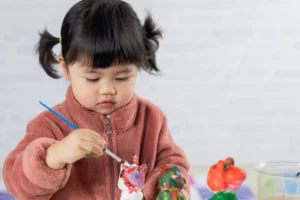How Collage-making Activity Helps A Child To Think Creatively
![]()
- Posted by abrakadoodle.com.sg
- Categories Early childhood development
- Date 31 January 2023
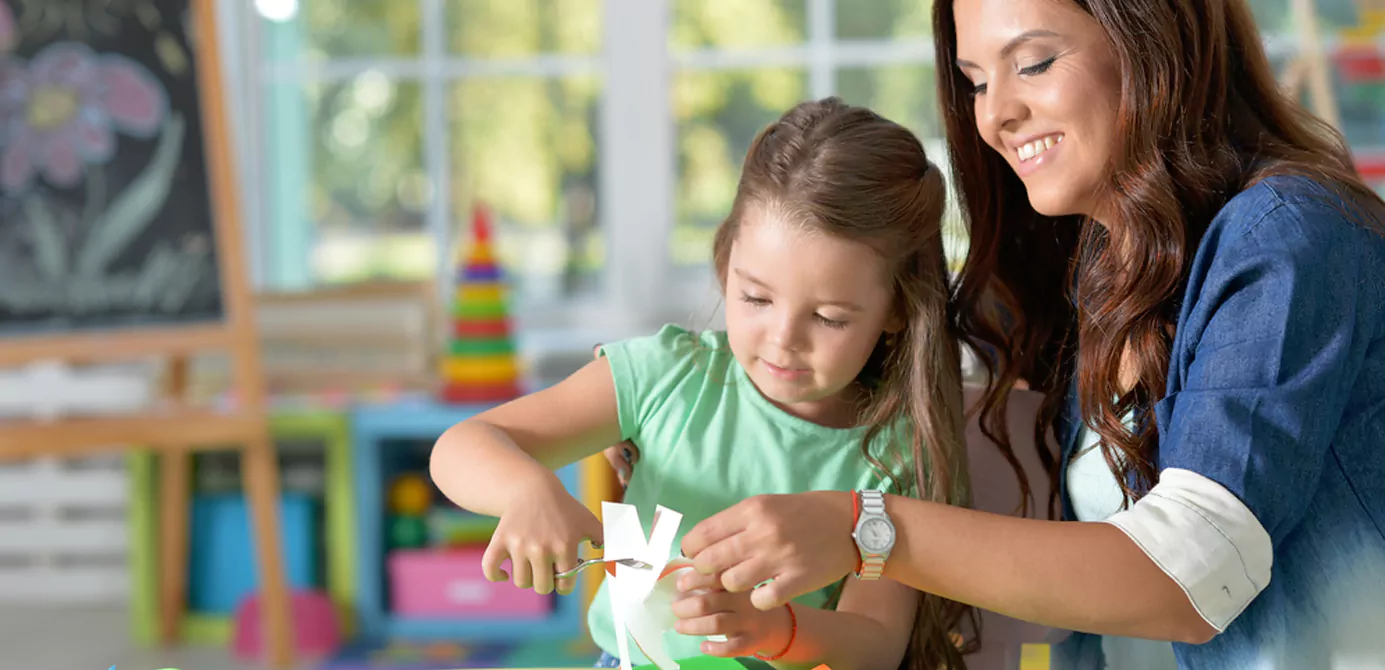
The purpose of making collages is to leverage the creative process to help young and older children explore self-expression and, in doing so, find new ways to gain personal insight and develop new behavioural skills.
Collage-making activity can also be used to help children explore emotions, develop self-awareness, cope with stress, boost self-esteem, and work on developing social skills.
As children get involved in collage-making activity, they get to investigate and analyze what they have made and how it made them feel. Through exploring their handiwork, they are likely to discover new themes and resolve conflicts that may be affecting their thoughts, emotions, and behaviours.
According to a 2016 study, published in the Journal of the American Art Therapy Association, less than an hour of creative collage-making activity could help reduce stress and have a positive effect on a child’s mental health, regardless of artistic experience or talent.
You can use a variety of art methods, including drawing, painting, sculpture, and work with young children and even older adults. By encouraging your child to create collages, you can help her make a collage out of photos, scraps of paper, small objects, and other materials.
It is believed that children who may have experienced emotional trauma, physical violence, domestic abuse, anxiety, depression, and other psychological issues can benefit from expressing themselves creatively through collage-making activity.
Table of Contents
ToggleWhat is a collage
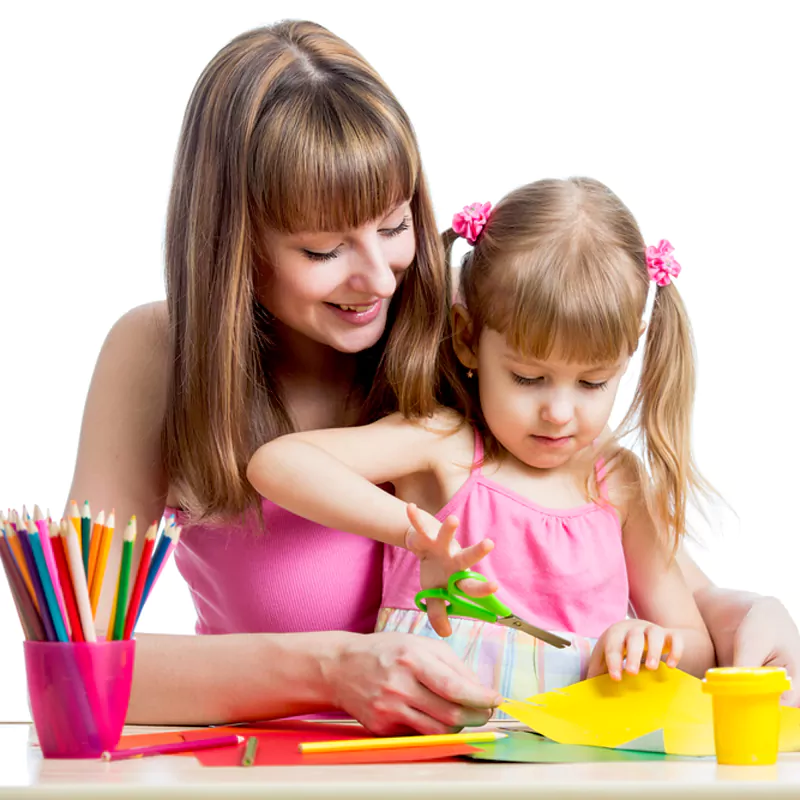
A collage is a work of art and often involves arranging in a layered fashion and creating a composition that is greater than the sum of its parts. If the child is able to use materials and is able to play with them as she does with toys, this is a sure sign that the child is ready for her writing and reading learning to begin.
Another unique aspect of collage activities for preschoolers is its ability to form a single composition from a variety of different elements which can be from many different sources. collage-making activity encourages experimentation and involves the child artist to think about the relationship between different materials and how they can be arranged in a visually interesting and pleasing manner.
Much like painting or drawing, collage creation is about letting children focus on their inner experiences and express what they perceive, imagine and feel. This is also the closest children can come to indicating what is going on in their minds. An honest representation of their inner world more than creating something that is an expression of the outer world.
Different ways of creating collages
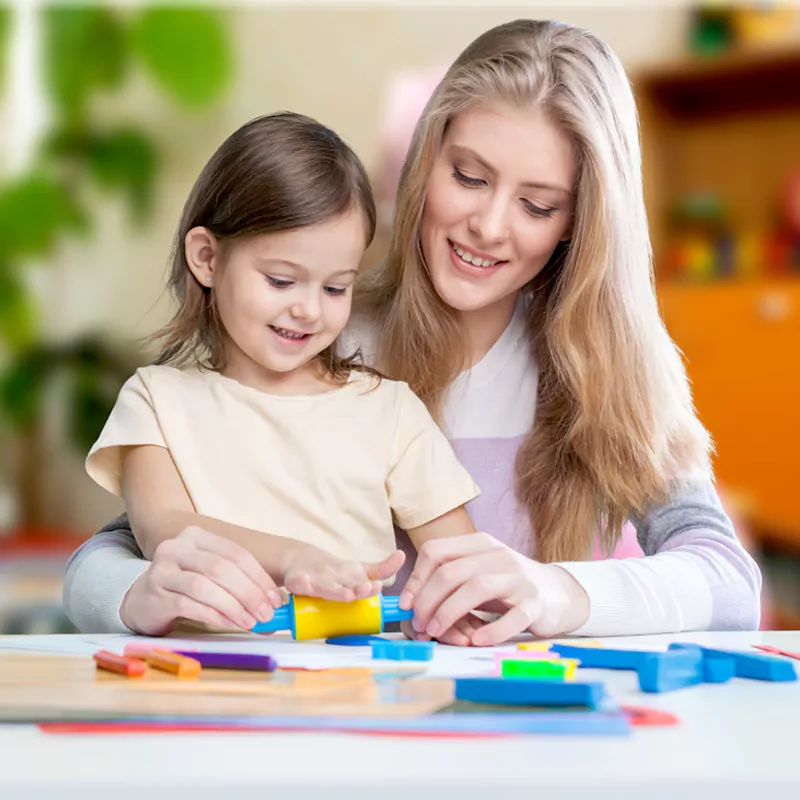
There are many ways children can create a collage:
Cut & Paste Collage
Children can cut out pictures from magazines, newspapers, or catalogues and paste them onto a piece of paper or cardboard to create a collage
Drawing & Painting Collage
Children can draw and paint their own images and then cut them out and paste them onto a background to create a collage.
Digital Collage
Children can use software such as Adobe Photoshop or a free online collage maker to create a digital collage. This will help children get familiar with using a digital tool to create what they might have on their minds.
Nature Collage
This exercise will be a real challenge and exciting at the same time as children will need to start collecting natural materials such as leaves, twigs, and stones and arrange them on a piece of paper or cardboard to create a one-of-a-kind collage.
Recycled Materials Collage
Children can use recycled materials such as waste paper, discarded packaging material or cardboard boxes, and create a collage with different textures.
Found Objects Collage
Children can collect found objects such as buttons, beads, and shells and arrange them on a piece of paper or cardboard to create a collage.
3D Collage
Children can create a collage using materials like clay, play dough and other elements which they can mould, sculpt, and glue to a base to create a 3D collage.
Photomontage
Children can use a camera to take pictures and then use the images to create a collage.
Scrapbook Collage
Children can use their creativity and design ability, to mix different materials and techniques like sketching, stamping, and painting, to create a beautiful and personal collage in a book.
What is important to note here is that providing children with age-appropriate materials and giving them the freedom to create and express themselves in their own way is an essential aspect of creating a collage. The process helps children think freely and express what they feel and can imagine.
Creating a collage?
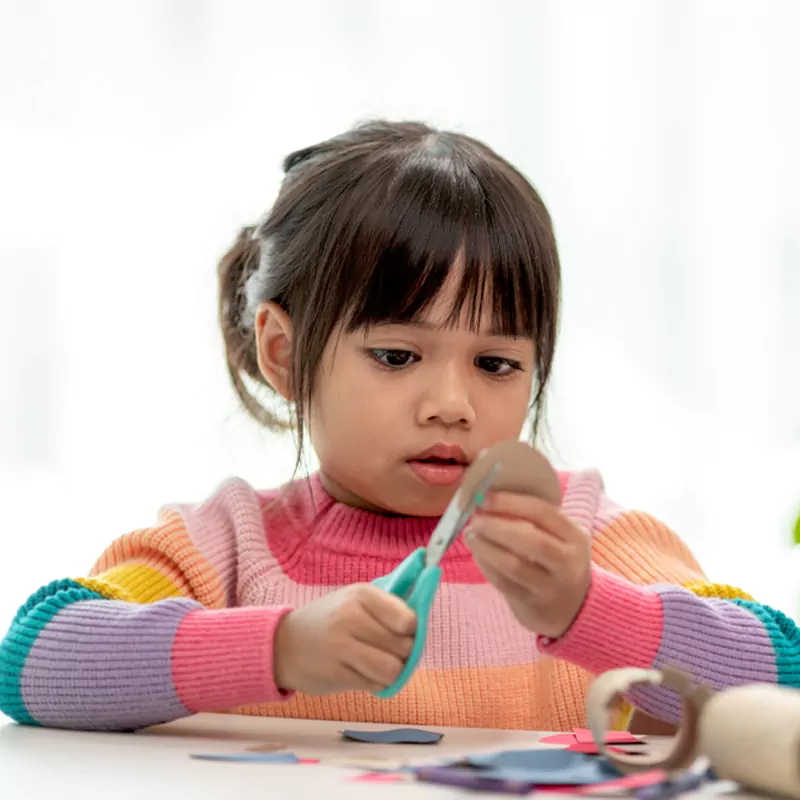
To create a collage, you will need a few materials and tools. You’d require the images or photos to include in the collage. A blank surface to create the collage on could be cardboard or even a canvas. Glue stick or adhesive to paste the images to the surface. And a pair of scissors or a box cutter tool to trim the images as desired.
Once you have all your materials ready, you can start creating your collage by following these step-by-step instructions:
- Think about the overall layout and composition of the collage. This could include the size and shape of the collage, as well as how you’d like to place and arrange the images you have selected.
- Begin laying out the images first, rearrange them to suit what you have in mind and only then begin to stick each one to the surface. Remember to use stick glue as you can remove the images if it is the wrong one and stick them back. This way, you will be able to experiment with different positions and orientations of the images to create a visually interesting composition. Once you are sure, use the adhesive to paste.
- Continue to add images to the collage, adjusting and rearranging as necessary until you are happy with the overall look and feel of the final arrangement.
- Use the scissors to trim any excess from the images or the surface of the collage.
- Allow the adhesive to dry completely before displaying or framing the collage.
- Once you are satisfied with the results you have been able to achieve, show your child how she can do it on her own. Help her to go step by step and explain what she is doing.
Helping young children learn to think
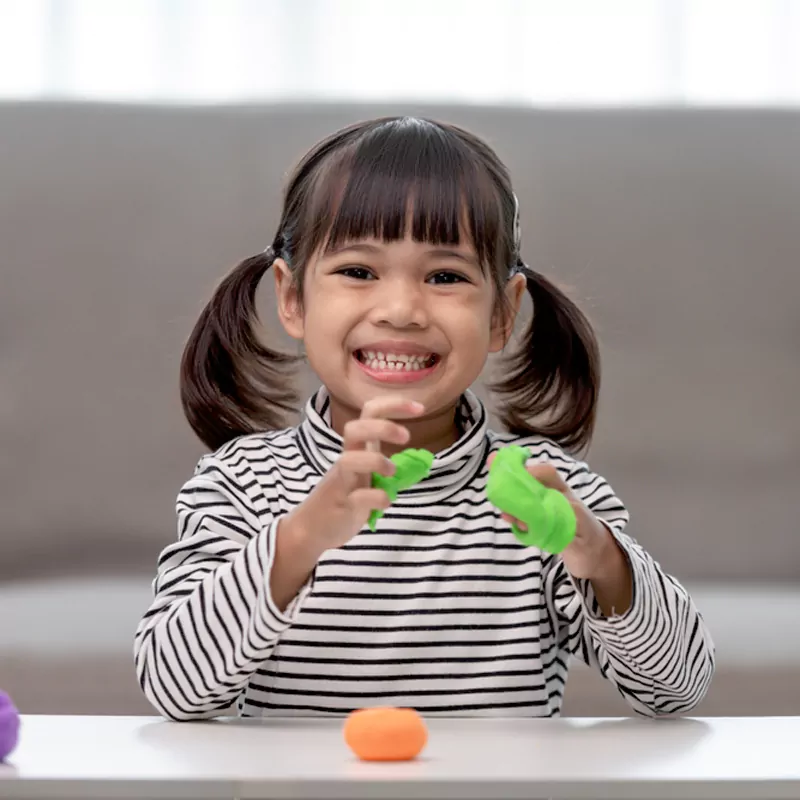
Problem-solving
Creating a collage requires a child to think about how to arrange different elements to produce a cohesive composition. This can involve making decisions about colour, shape, and texture, as well as experimenting with different arrangements until your child is satisfied with the final result.
Creative expression
Collage-making activity allows children to express themselves through art and can be used as a medium for storytelling. They can use different images, colours, and textures to create a visual representation of their thoughts and feelings.
Exploration
As they create collages, children may also learn about different materials and techniques, and may develop a long-term interest in art and design.
Develop a sense for aesthetics
As children learn to assemble different parts of the collage to make a cohesive image, they may develop an understanding of balance, composition and the principles of design which will further strengthen their appreciation of the visual arts and design.
Developing fine motor skills in children
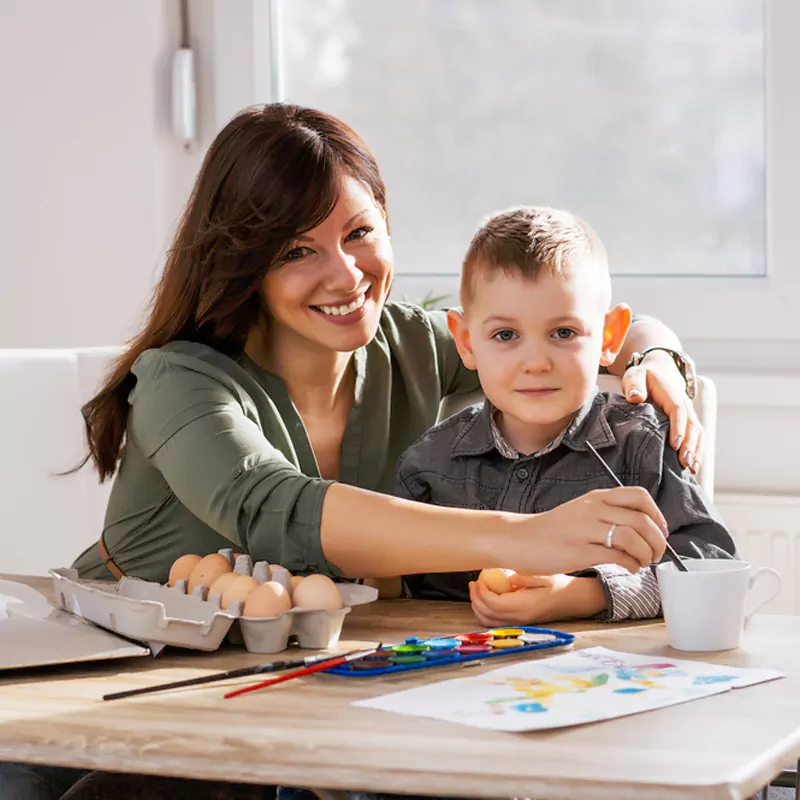
Collage activities for preschoolers helps children develop fine motor skills by requiring them to use their fingers and hands to manipulate and arrange small pieces of paper or other materials. Using scissors to cut, pick up small objects such as buttons using a tweezer, squeezing the glue out of a tube to paste the materials onto the paper or threading beads help to develop a child’s fine motor skills and improve eye-hand coordination.
The process of cutting, tearing and glueing these pieces together for instance, helps strengthen the muscles in their fingers, hands, and wrists, which play a critical role in improving dexterity and precision. These skills are necessary for tasks such as learning to write, un-doing zips and buttons and using a knife and fork.
The fundamental requirements for a child to be ready to learn how to write are hand-eye coordination and control over small and large muscle movements. Simple activities such as paper crumpling, folding, tearing, cutting, and peeling vegetables and fruit can be done in order to improve hand-eye coordination and strengthen the muscles in the forearm and the hands.
Apart from these, the act of focusing on the task of creating a collage helps children develop their concentration and helps them pay attention to detail.
Improving the ability to concentrate & increasing attention spans
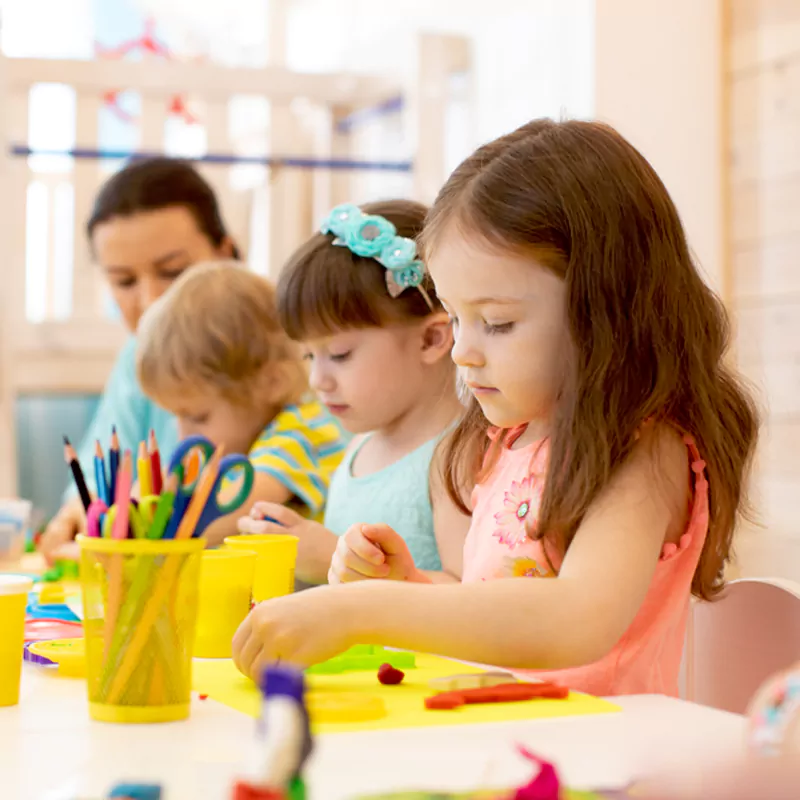
First, the process of selecting and arranging different materials, such as pictures or other found objects, requires focus and concentration. This can help children practice and develop these skills. Additionally, the process of creating a collage can be engaging and stimulating, which can help hold a child’s attention for longer periods of time. When practised regularly, they can improve both concentration and attention spans.
Working with art materials helps children to develop fine motor skills, as well as express their creativity. The creative process of collage-making activity allows children to be totally engrossed in exploring the materials and creating something new which in turn can become a source of pride and self-esteem.
The collage-making activity also encourages children to think outside the box, explore different ways of putting things together, experiment with combinations of materials, take risks and problem-solve. All these tasks require that a child improve her concentration and attention span.
Primary art activity for toddlers
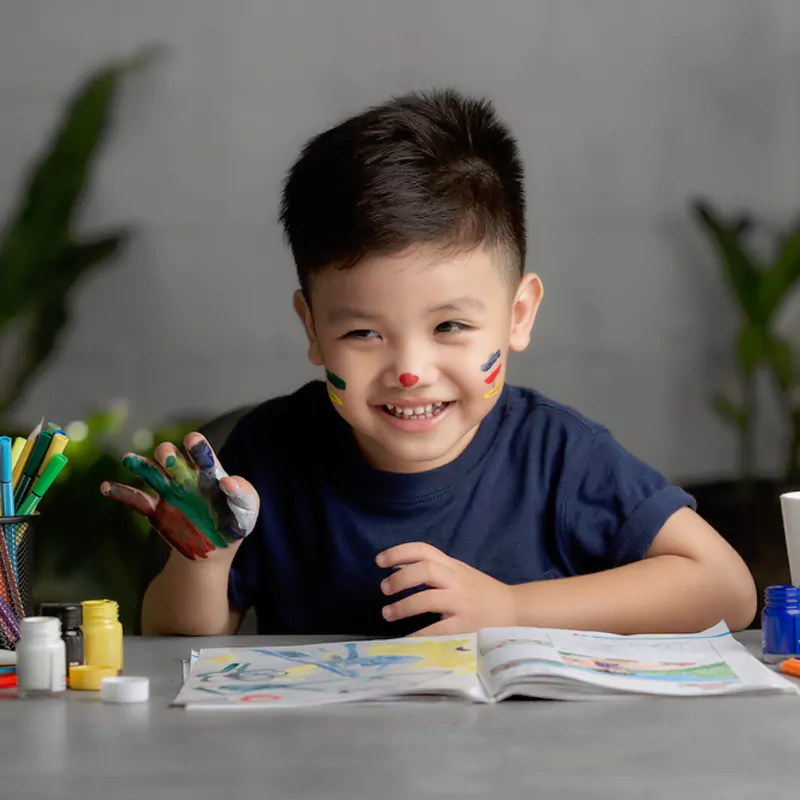
During the period from birth to age six, children acquire physical, social, emotional and mental development levels that go into shaping much of the rest of their lives. It is also a period when children develop most rapidly.
At a time when children are on the verge of becoming aware of their own creativity, improving their ability to look and see by developing their memories and artistic skills, they begin to establish a relationship between different materials. These are important goals to achieve as well.
There are a wide variety of basic techniques in teaching art to preschoolers at home. Among these activities is collage activities for preschoolers which is an essential step in the development of a child’s creative thinking skills and in her artistic education.
Collage-making also enhances a child’s motor skills, and hand-and-eye coordination, and helps them to make cognitive advances such as learning proportions. Moreover, as a form of art, it enables children to express their feelings and thoughts freely.
Besides, behaviours learned at this age affect a child’s attitudes, beliefs and values in adulthood, and academic skills that are developed positively contribute to success at higher levels of education and learning.
Collage-making is a primary artistic activity for a preschooler. Collage art is very important to young children during this period because artistic activities help them to develop their reasoning, creative, imaginative, and problem-solving skills and the importance of collaboration.
For instance, when putting together a collage, children experience difficulties joining parts, or glueing different pieces of paper, this is when children experience the need to ask for help from their friends to overcome these difficulties. This is how collage-making effectively improves the collaboration skills of children and enhances communication and observation skills.
Finally, Promoting expressive arts such as collage-making and design with your child is extremely important. Your child will build on her skills which will help benefit the development of other key skills. Helping your child to get in touch with her creative side and begin developing her critical thinking and imagination skills. Promote her desire to ‘have a go’ at new things and to explore the world on her own terms using all her senses!
About Abrakadoodle
Abrakadoodle is dedicated to supporting children in the early years and building strong foundations to ensure they get the best head start. Process Art learning experiences, for instance, inspire toddlers and young children to think differently, be innovative, and explore new ways to learn about interesting things found in the real world.
Our art lessons also change the way a child discovers and imagines. Igniting her mind to think, play and learn like never before. If you like to enrol your child in our art classes or find out more about why art classes for childhood development is important, give Abrakadoodle a call. Or better still, make an appointment with the head of a centre near you.
You will get hands-on exposure to an experience that will make you see collage-making in a way that adds value to your child’s life.
Please note: Abrakadoodle classrooms are thoroughly sanitized every day — the tables, the chairs, the children’s activity stations and everything else the child might touch is made safe and clean. They also wear a mask, wash their hands frequently, and practice social distancing.
Frequently Asked Questions
The purpose of collage-making activity for children is to provide a platform for exploring self-expression and creativity, which can have numerous benefits for their personal and social development. Through the process of learning how to create a photo collage, children can gain personal insight, develop new behavioral skills, explore their emotions, increase self-awareness, cope with stress, boost self-esteem, and work on developing social skills. The hands-on nature of the activity can also help children to focus and improve their fine motor skills.
The benefits of collage art for kids include:
- Encouraging creativity and imagination: Collage activities for preschoolers are designed to allow them to express themselves in a unique way and develop their imagination and creativity.
- Improving fine motor skills: Toddlers use their fine motor skills when cutting, tearing, and gluing materials to create their artwork based on enriching preschool collage ideas.
- Enhancing language development: A theme-based collage activity can provide an opportunity for children to talk about their creations and what they have learned, helping to improve their language skills.
- Boosting self-esteem: Collage-making activities can give children a sense of pride and accomplishment as they create their own works of art, which can boost their self-esteem.
Creativity plays a major role in crafting collage art for kids. Art activities based on collage ideas for kids are designed to allow children express themselves in a unique way and develop their imagination and creativity. By using their imagination and creativity, children can turn simple materials into interesting and meaningful works of art. They can experiment with different colors, textures, shapes, and sizes to create something that is truly their own. Through a collage-making activity, children are encouraged to think outside the box, solve problems creatively, and develop their own artistic style.
As a nurturing parent, you can follow these few practices to encourage your child's participation in an enthralling collage activity:
- Gather all what you need for collage making activities including materials such as paper, scissors, glue, magazine clippings, fabric scraps, and old greeting cards.
- Create a fun and supportive environment for children to experiment and innovate by providing them with plenty of time and space so that they can work at their own pace.
- Praise and recognize your child's efforts and achievements in their collage-making activities, which helps build their confidence.
- Encourage children to participate in a family collage-making activity that helps them feel more connected to their family and builds a shared experience.
Simple ways to turn a simple collage-making activity into a fun, educational experience for children:
- An easy paper collage activity allows children to cut out pictures from magazines, newspapers, or catalogues and paste them onto a piece of paper or cardboard.
- A drawing & painting collage allows them to create their unique background designs in addition to blending other resources into a masterpiece.
- By leveraging the digital collage making platforms online, children can learn how to create a photo collage online.
- Inspire them to create nature-themed collages using natural materials such as leaves, twigs, and stones.
- Help them create a scrapbook collage that combines different materials and techniques like sketching, stamping, and painting for a personalized and beautiful work of art.
You may also like
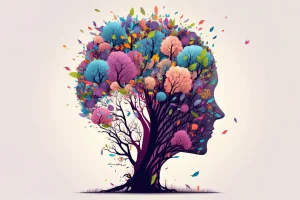
The Impact Of Colour On A Child’s Development
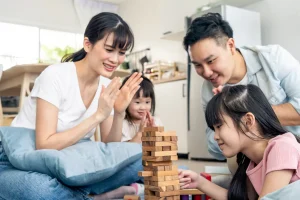
How “STEAM” Activities Give A Head Start To Your Toddler
